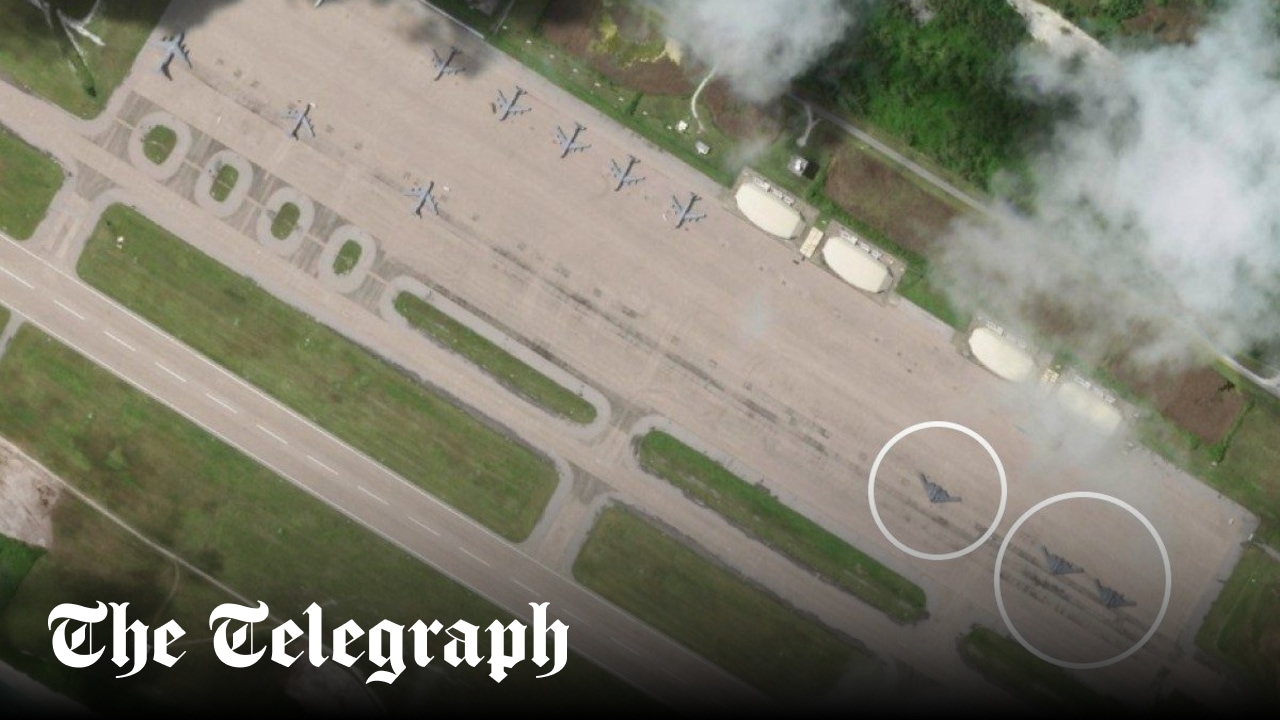Iran's Call: Attack Diego Garcia Now? A Risky Gambit or Empty Threat?
The recent pronouncements from Iranian officials regarding a potential attack on the British Indian Ocean Territory (BIOT), specifically the strategically important Diego Garcia military base, have sent shockwaves through the international community. While some dismiss it as mere posturing, others see it as a dangerous escalation of regional tensions, raising crucial questions about Iran's capabilities, motivations, and the potential consequences of such an action.
The Call to Action: More Than Just Words?
The call for an attack on Diego Garcia, a key US military base, wasn't a subtle suggestion. Iranian hardliners have openly voiced their intent, framing it as retaliation for perceived Western aggression and support for regional rivals. The rhetoric, amplified through state-controlled media, suggests a level of seriousness that demands careful consideration. However, the practicality and feasibility of such an attack remain highly debatable.
Analyzing Iran's Capabilities:
While Iran possesses a growing arsenal of ballistic missiles, capable of reaching Diego Garcia, the actual execution of a successful attack faces significant hurdles:
- Technological Limitations: Successfully striking a heavily defended military base like Diego Garcia demands pinpoint accuracy, something that currently remains questionable for Iranian missiles. The risk of miscalculation and collateral damage is substantial.
- Geographical Challenges: The distance between Iran and Diego Garcia, combined with potential interception by regional and international forces, presents a formidable logistical challenge.
- International Response: An attack on Diego Garcia would undoubtedly trigger a fierce international response, potentially involving military intervention and crippling sanctions. Iran would likely face severe consequences, far exceeding any perceived gains.
The Geopolitical Context:
Iran's call must be understood within the broader context of its ongoing tensions with the West, its regional rivalries, and its perceived vulnerability. The ongoing nuclear negotiations, sanctions, and proxy conflicts in the region all play a part in shaping this aggressive rhetoric. The timing of these pronouncements could also be strategically motivated, intended to influence ongoing negotiations or to divert attention from internal issues.
Is it a Bluff? The Importance of Strategic Communication:
The question remains: is this a genuine threat or a calculated strategic communication move designed to exert pressure and project strength? Iran's actions often involve a mix of both, making it difficult to definitively assess their intentions. This ambiguity itself can be a powerful tool in international relations, creating uncertainty and influencing the actions of opposing powers.
Potential Consequences and the Path Forward:
Any attack on Diego Garcia would have far-reaching consequences, destabilizing the region and potentially triggering a wider conflict. It's crucial for international actors to engage in careful diplomacy and de-escalation efforts, while simultaneously maintaining a strong deterrent posture. Open communication and addressing the underlying causes of tension are vital to preventing a dangerous escalation.
Conclusion:
Iran's call to attack Diego Garcia is a significant development, demanding careful analysis and a measured response from the international community. While the feasibility of such an attack remains questionable, the very articulation of such a threat highlights the growing tensions and the need for proactive diplomacy to prevent a disastrous escalation. The coming weeks and months will be crucial in determining whether this remains an empty threat or a harbinger of a new, more dangerous phase in the ongoing geopolitical struggle.

